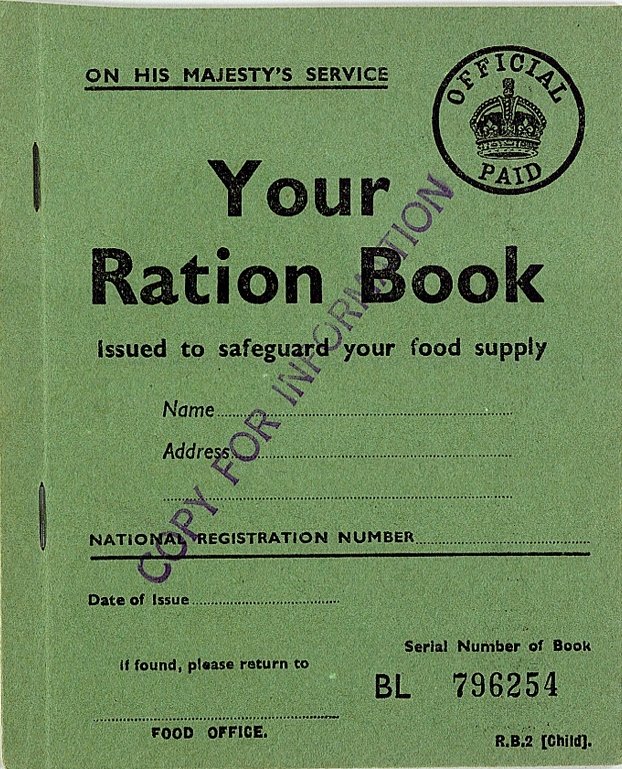Unearthing Family Traits: Embracing Similarities Between Ancestors and Ourselves
/Unearthing Family Traits: Embracing Similarities Between Ancestors and Ourselves
At Silver Screen Family, we recognize that our family memories are an intricate tapestry of shared traits, personalities, and characteristics that pass down through generations. Delving into the personalities of our ancestors can reveal intriguing similarities between them and ourselves, providing a unique insight into our family's legacy. In this blog post, we explore the fascinating world of family traits, drawing parallels between ancestors and ourselves, and reflecting on the connections that bind us together.
1. Discovering Shared Personality Traits:
As we embark on a journey of genealogical research, we often come across intriguing similarities in personality traits shared between our ancestors and ourselves. Identifying these common characteristics offers a glimpse into the enduring threads that weave through our family history.
2. Reflecting on Likenesses and Differences:
In exploring the personalities of our ancestors, we can reflect on both the traits we admire and those that challenge us. Understanding these nuances fosters a deeper appreciation for the complexities of our family heritage and individuality.
3. Embracing Inherited Talents:
Many of our talents and passions find their roots in the talents and passions of our ancestors. Uncovering shared interests and aptitudes provides a sense of pride in carrying forward these cherished legacies.
4. Recognizing Resilience and Strength:
Studying our ancestors' personalities allows us to recognize the resilience and strength that have been passed down through generations. Their ability to overcome challenges can inspire us to face our own obstacles with courage.
5. Connecting Across Generations:
Identifying similarities between ancestors and ourselves fosters a sense of connection across generations. We may discover that certain traits have transcended time, creating an unbroken bond between distant relatives.
6. Inspiring Others to Explore Genealogy:
Writing a genealogy blog about shared personality traits can inspire readers to delve deeper into their own family history. The pursuit of understanding one's roots and discovering shared characteristics can be a rewarding and enlightening endeavor.
7. A Treasure for Future Generations:
By documenting the similarities between ancestors and ourselves, we create a valuable treasure for future generations to cherish. They can find solace and inspiration in knowing that their traits are woven into the fabric of their family's history.
Exploring the personalities of our ancestors and drawing parallels to our own traits is a fascinating journey of self-discovery and family connection. By reflecting on shared characteristics, we gain a deeper understanding of our family heritage and the indelible impact our ancestors have on our lives. Writing a genealogy blog about these similarities inspires others to embark on their own journey of discovering their family traits. At Silver Screen Family, we encourage you to preserve these reflections and shared connections through our films, ensuring that your family memories and the echoes of your ancestors' personalities are remembered and celebrated forever. Embrace the uniqueness of your family's legacy and the shared traits that unite you through time.
For more valuable insights and guidance on recording your family history, we invite you to visit our "Lights Camera Ancestry" video series. Through our videos on the SSFDocumentary YouTube channel, Silver Screen Family provides a wealth of information covering genealogical topics and expert tips on how to record and preserve your family's history.
Don't miss out on the opportunity to create a lasting legacy for your loved ones. Join us on Silver Screen Family's YouTube channel and embark on an exciting journey of capturing and sharing your family's remarkable stories. Together, let's celebrate the power of family and the enduring value of preserving our shared history.

































































